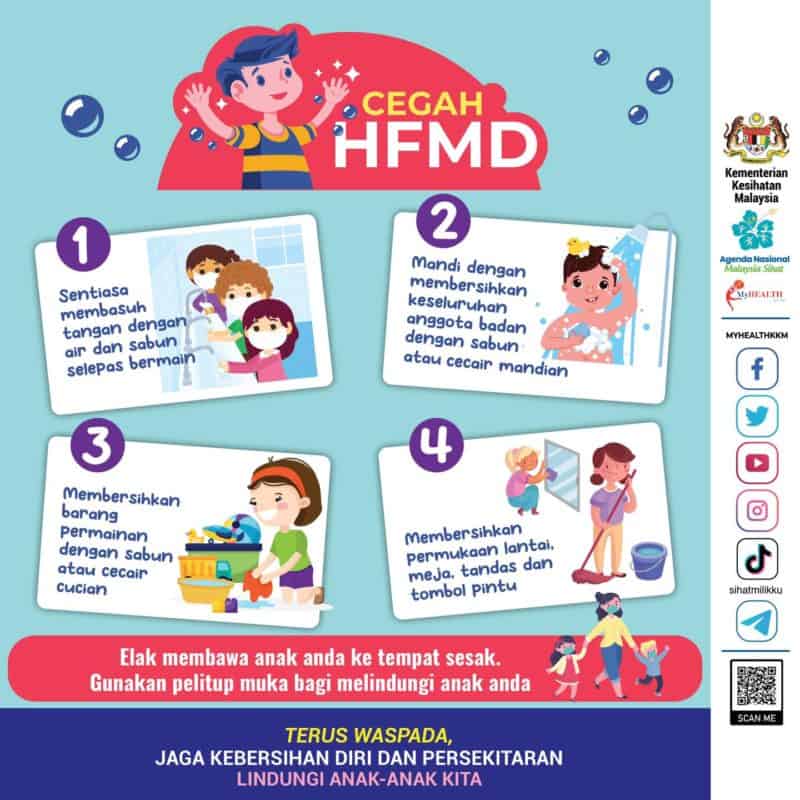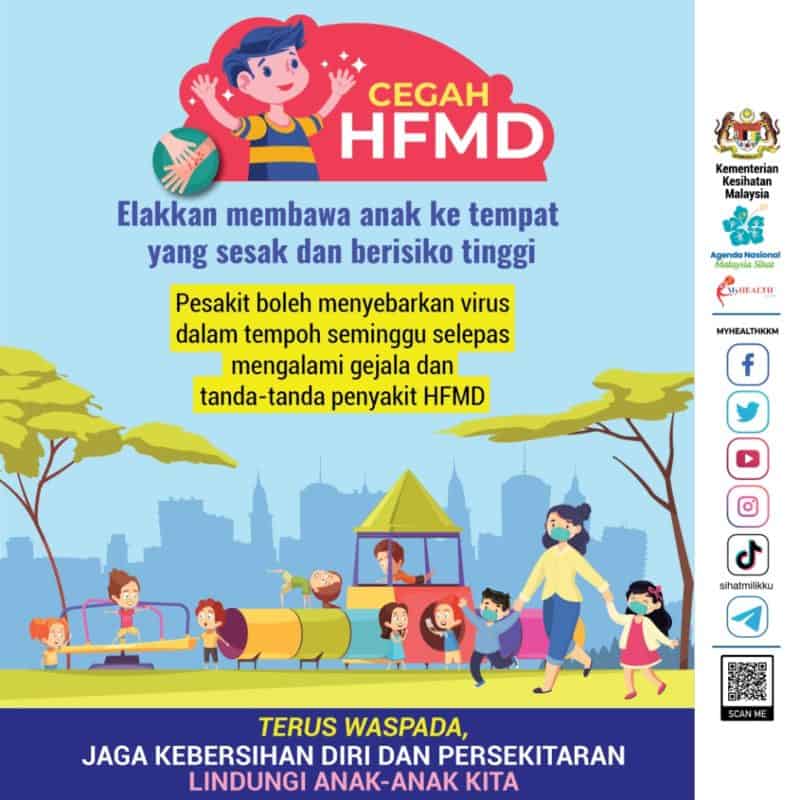PARENTS, operators of nurseries, kindergartens and childcare centres, and schoolteachers are advised to watch out for symptoms of the hand, foot and mouth disease (HFMD) following the rise of cases in Penang.
Dr Cheang Hon Kit, a paediatrician and neonatologist at Lam Wah Ee Hospital, said the symptoms include fever, rashes on the hands, feet and sometimes buttocks, red spots and blisters, ulcer in the throat, and sore throat.
“When anyone has any of these symptoms, consult a doctor to confirm where it is HFMD or not. HFMD is usually spread through close contact, like through saliva.
“As children in nurseries and kindergartens stay together and share toys, they run the risk of transmission. Any children suspected of contracting HFMD should immediately see a doctor.
“For any confirmed case, it is best to inform the teacher so that the school, kindy or nursery will be on the lookout.
“These premises have to stay alert as they play an important role in tackling the issue.
“There is no specific test or antibiotics for HFMD, which is caused by viruses. There is no vaccine for now yet,” Dr Cheang said in a phone interview by Buletin Mutiara today.

He said for some serious cases, the viruses attack the brain and heart, causing inflammation.
Dr Cheang advised patients to drink a lot of water. Basically, he said patients would be given supportive treatment to control their temperature and to reduce pain in their throat so that they can eat.
Penang recorded 3,990 HFMD cases in epidemiological week 23 (June 5 to June 11), which is a 22-fold increase compared with the same period last year.
State Agrotech and Food Security, Rural Development and Health Committee chairman Dr Norlela Ariffin said the southwest district topped the number of cases at 988, followed by central Seberang Perai (826), northeast district (786) and south Seberang Perai (523).
She said the majority of cases reported were among six-year-olds at 3,357, followed by those in the seven to 12 years age group at 377 cases. On top of that, she said those over 12 recorded 256 cases.
Norlela said the Health Ministry has advised operators of childcare centres, nurseries and kindergartens to ensure their premises are clean to curb the spread of HFMD.
She said the operators should report any HFMD clusters to the nearest district health office for monitoring and prevention.
For parents and guardians, she said they should not their children with HFMD to public places to prevent the spread of the disease.


In a statement yesterday, Health director-general Tan Sri Dr Noor Hisham Abdullah revealed that a total of 82,846 cases of HFMD were reported this year as of June 4, a 32-fold increase compared to 2,485 cases recorded in the same period last year and a 1.7-fold increase compared to 30,489 cases reported in 2019.
Most of the cases, he said, occurred among children aged six years old and below at 74,841 cases (90%), followed by those aged seven to 12 years old with 6,520 (8%) and those over the age of 12 with 1,485 cases (2%).
Dr Noor Hisham said based on surveillance, the three main viruses that caused the transmission of HFMD within the community this year were Enterovirus 71 (EV71), Coxsackie A6 (CA6) and Coxsackie A16 (CA16).
To date, he said there were three HFMD cases admitted to intensive care units (ICU).
The first two cases are due to inflammation of the brain (encephalitis) and are still under close monitoring while the patient in the third case has recovered and was allowed to go home on May 31.
Story by K.H. Ong

